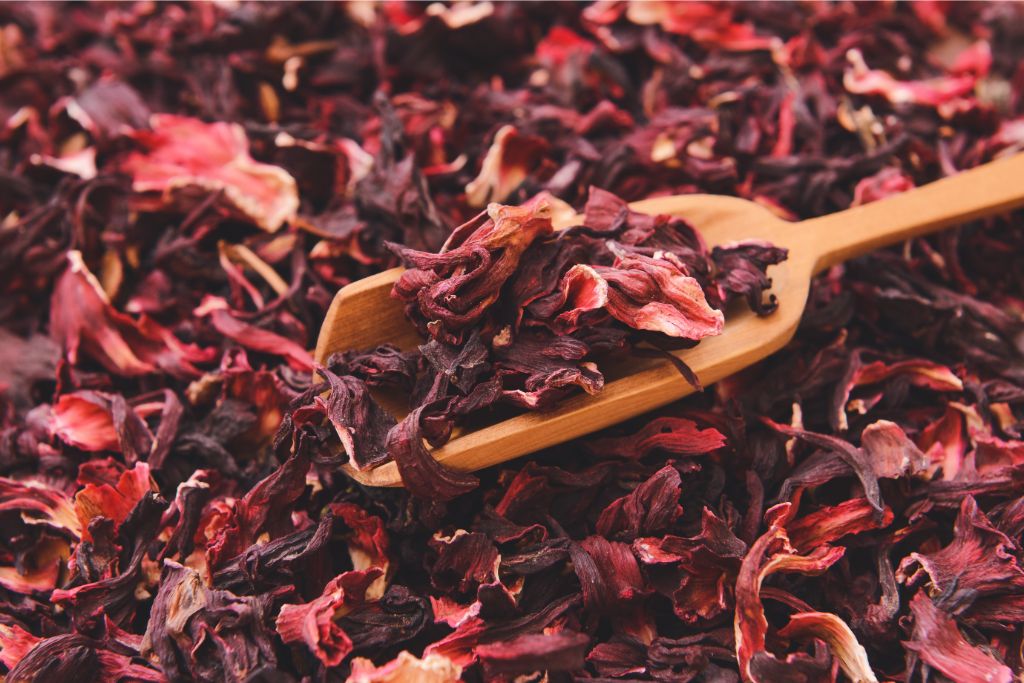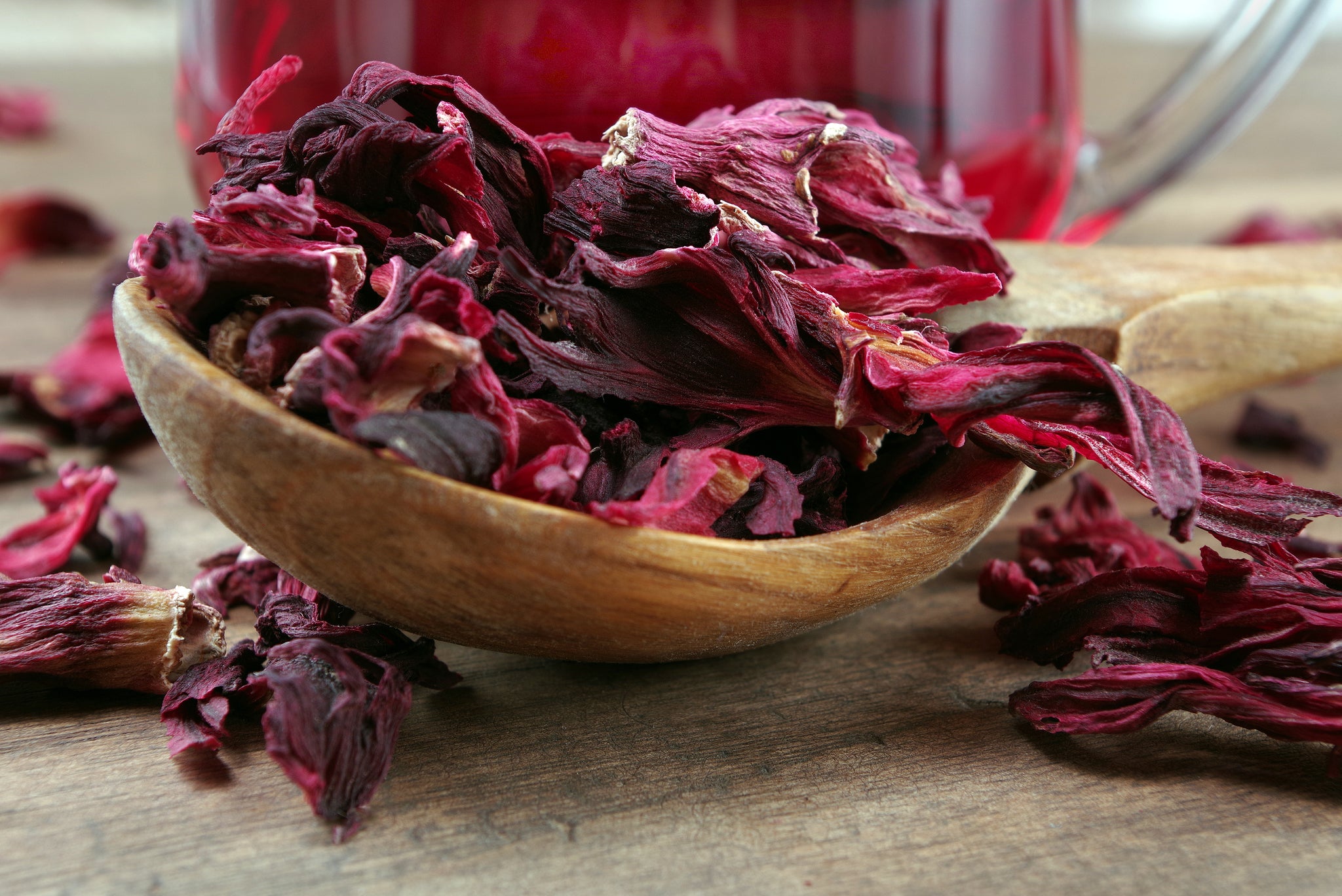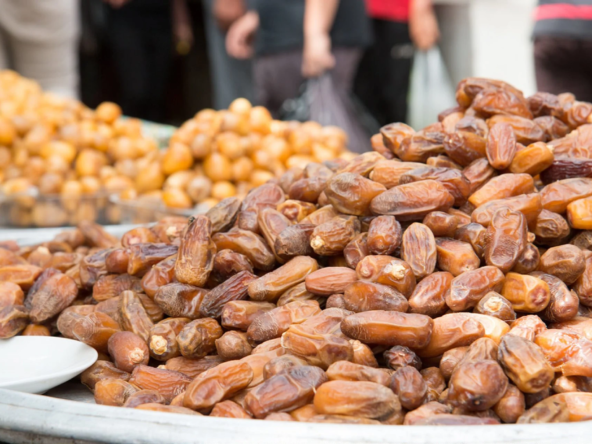Hibiscus flowers, renowned for their vibrant colors and potential health benefits, can be preserved in various ways. Each method—drying, pressing, and freeze-drying—offers unique advantages and is suitable for different purposes. This guide explores these methods in detail, helping you choose the best technique for your needs.
1. Drying
Overview: Drying is one of the most common methods for preserving hibiscus flowers. It involves removing moisture from the flowers to prevent spoilage and extend their shelf life.
Methods:
- Air Drying:
- Procedure: Gather hibiscus flowers and tie them in small bunches. Hang the bunches upside down in a well-ventilated, dry, and dark area. Ensure there is sufficient airflow around the flowers to prevent mold growth.
- Time: This method may take 1-3 weeks depending on humidity and temperature.
- Pros: Simple and cost-effective; requires minimal equipment.
- Cons: Can take a long time; flowers may lose some color and fragrance.
- Oven Drying:
- Procedure: Preheat the oven to its lowest setting (around 140°F or 60°C). Spread the flowers on a baking sheet in a single layer. Place the sheet in the oven with the door slightly ajar to allow moisture to escape. Check regularly and turn the flowers to ensure even drying.
- Time: Usually takes 1-2 hours.
- Pros: Faster than air drying; can be done in any weather.
- Cons: Requires careful monitoring to avoid overheating; may affect the flowers’ color and aroma.
- Dehydrator Drying:
- Procedure: Arrange the flowers on dehydrator trays in a single layer. Set the dehydrator to a low temperature (around 95-115°F or 35-46°C) and allow the flowers to dry until they are crisp.
- Time: Typically 4-8 hours.
- Pros: Consistent results; preserves color and flavor better than some other methods.
- Cons: Requires a dehydrator; initial cost.
Applications: Dried hibiscus flowers are commonly used in teas, herbal remedies, and as decorative elements in crafts and cooking.
2. Pressing
Overview: Pressing is a technique used to flatten and preserve the shape and color of hibiscus flowers. This method is ideal for creating preserved flower displays or artwork.
Procedure:
- Preparation: Select fresh, blemish-free hibiscus flowers. Trim excess stems and leaves.
- Pressing: Place the flowers between sheets of parchment paper or newspaper. Position them inside a flower press or between heavy books. Apply consistent pressure and ensure the flowers are evenly spaced.
- Drying Time: Allow the flowers to press for 1-4 weeks. Check regularly to ensure they are drying evenly.
- Completion: Once dried, carefully remove the flowers from the press and store them in a dry, cool place.
Pros:
- Preserves the flower’s shape and color.
- Suitable for creating decorative items and artwork.
Cons:
- Time-consuming process.
- Requires specific equipment or improvisation with household items.
Applications: Pressed hibiscus flowers are used in scrapbooking, framing, and as decorative elements in various crafts.

3. Freeze-Drying
Overview: Freeze-drying, or lyophilization, is a method that removes moisture from flowers while preserving their structure, color, and nutrients.
Procedure:
- Preparation: Wash and thoroughly dry the hibiscus flowers. Place them on a tray in a freeze-dryer.
- Freeze: The flowers are frozen at a very low temperature, usually around -40°F to -50°F (-40°C to -45°C).
- Dry: Once frozen, the flowers are subjected to a vacuum that sublimates the ice directly into vapor, bypassing the liquid phase. This process preserves the flowers’ original form and nutrients.
- Completion: The flowers are removed from the freeze-dryer once the process is complete, which usually takes 24-48 hours.
Pros:
- Preserves flavor, color, and nutritional value.
- Ideal for high-quality, long-term storage.
Cons:
- Requires specialized equipment; relatively expensive.
- Time-consuming and may need careful handling to avoid crushing the flowers.
Applications: Freeze-dried hibiscus flowers are used in high-end culinary applications, herbal products, and as a premium ingredient in various health supplements and teas.
Conclusion
Choosing the right preservation method for hibiscus flowers depends on your intended use and available resources. Drying is ideal for general purposes and can be done with minimal equipment. Pressing is perfect for decorative uses, while freeze-drying offers the highest quality preservation but requires specialized equipment. Each method has its advantages and can help you enjoy the beauty and benefits of hibiscus flowers long after they are harvested.
Ajigofarms is a reliable global agricultural purchase sourcing with profound expertise in the manufacturing, and exportation of food crops. We are tested, and trusted suppliers of all kinds of cash crops and food crops. Our constant supply chain solution makes exporting easy, quick, and safe, we are identified with timeliness and meeting up with deadlines. Regardless of the region you are located in worldwide, you can reliably order your Agric products and be rest assured of successful delivery.




